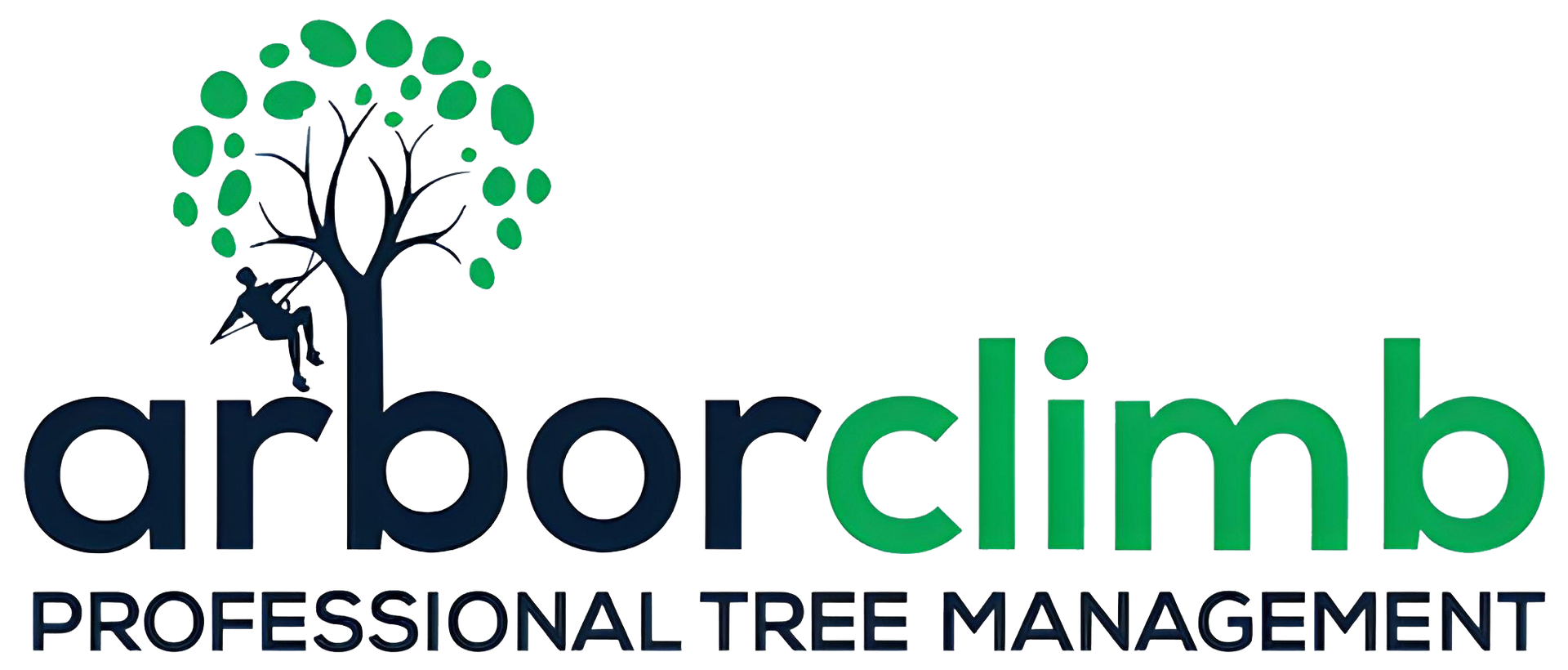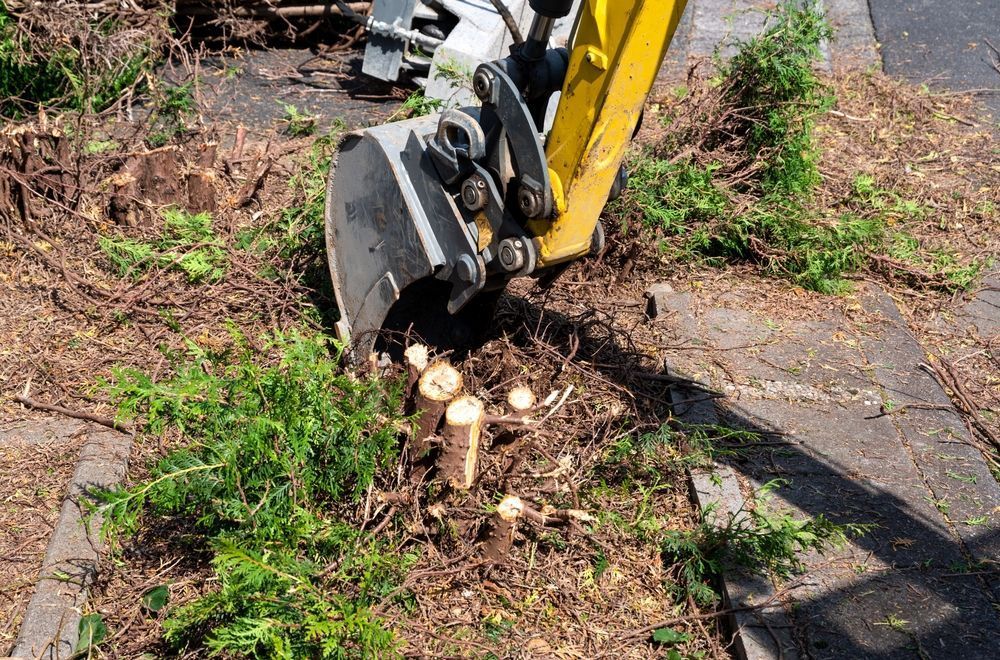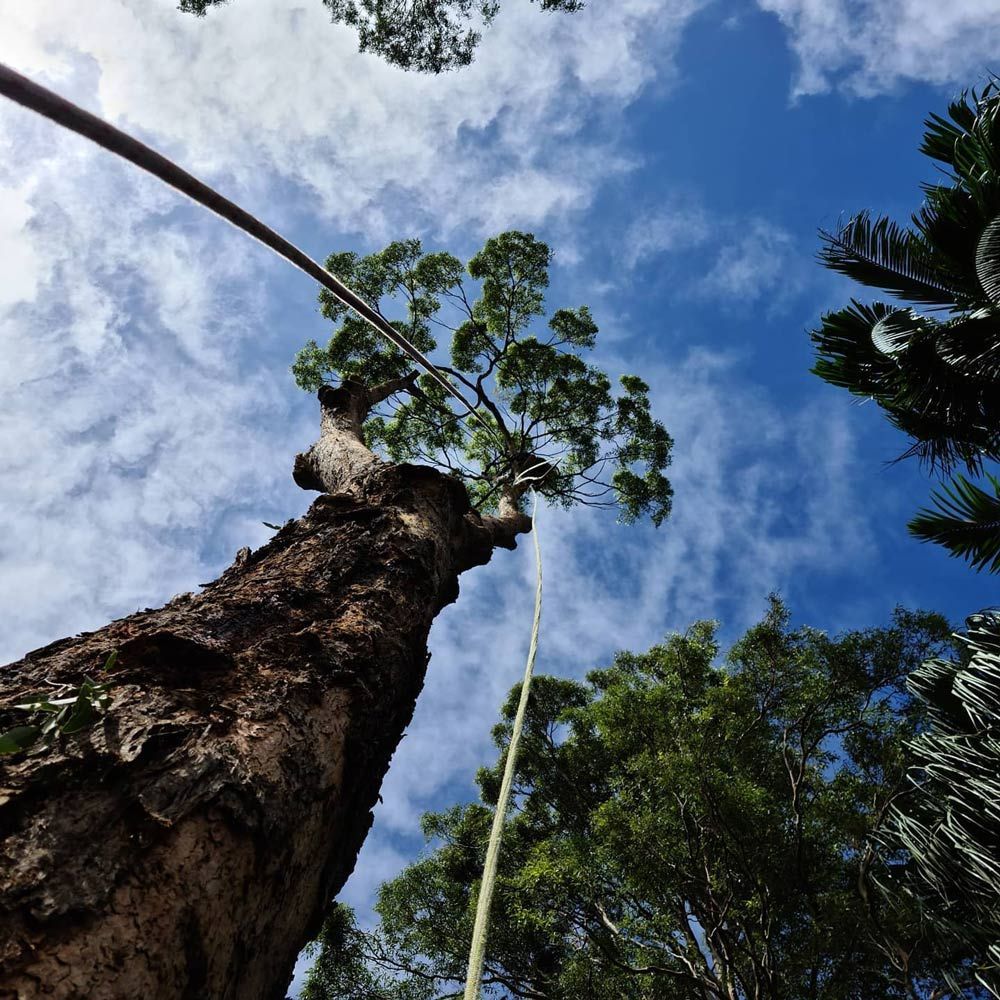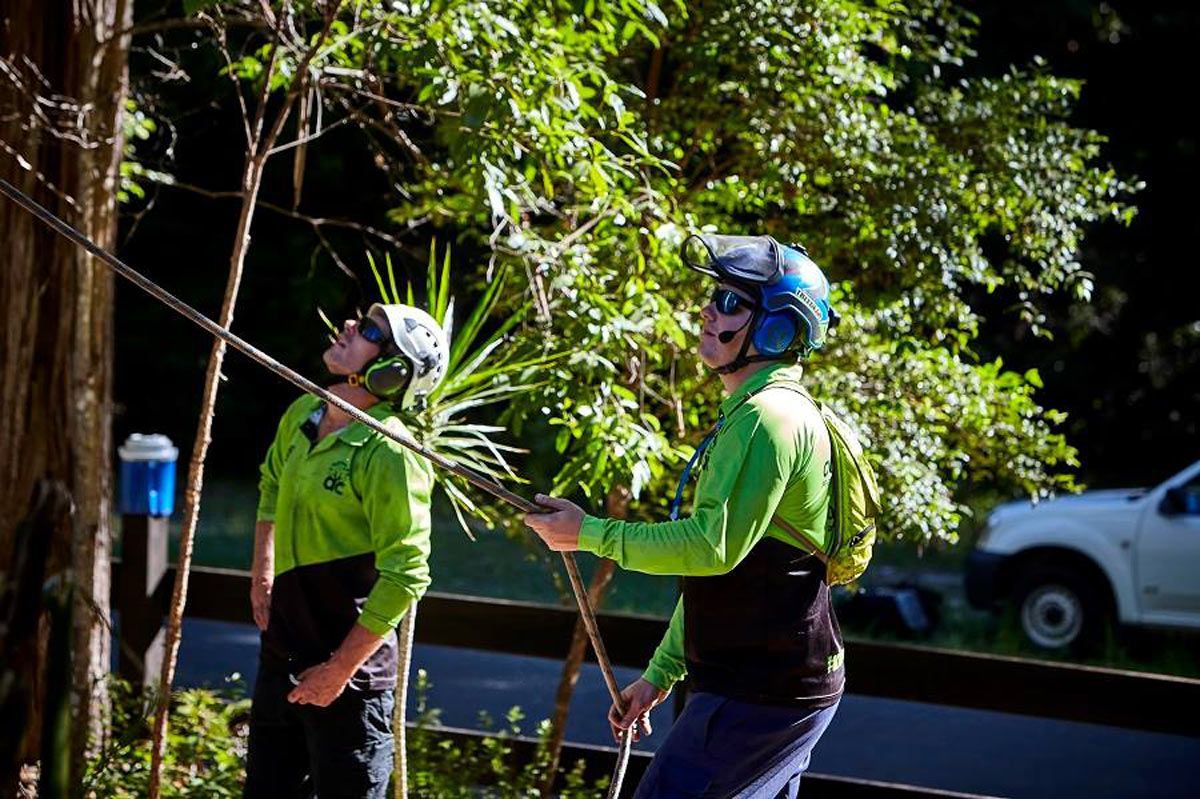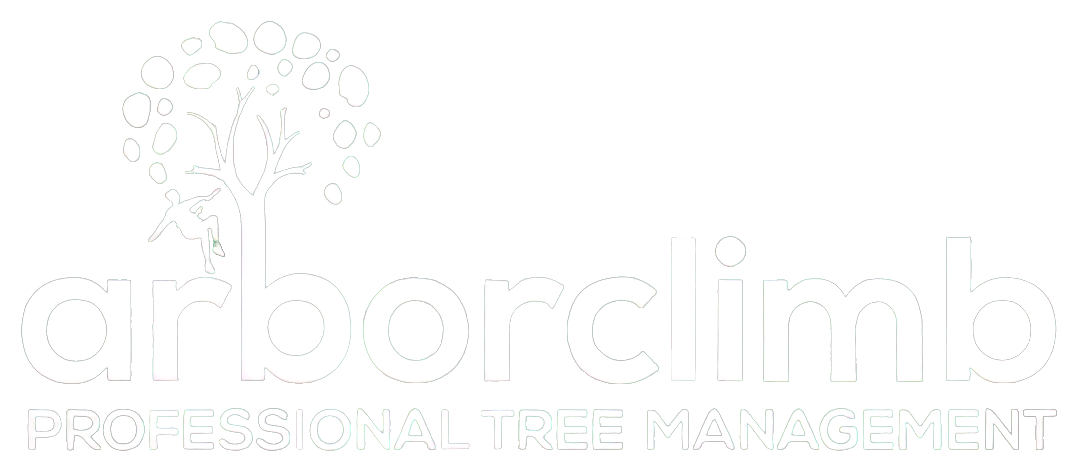How To Recognise Tree Hazards
Trees can be a beautiful addition to any property, but sometimes they can also cause problems. It’s important to keep your trees in good health and well maintained so that you can avoid damage from falling branches or other hazards. If a tree does damage property or hurts another person there are a lot of consequences, so checking for any potential hazards is crucial. Having your trees inspected and checked regularly helps to reduce the risk of tree hazards.
What are tree hazards?
Tree hazards can cause damage to property, people and cars. The most common tree hazard is a branch falling onto powerlines. Trees may also fall on roads, footpaths or other places people use every day. Tree branches can snap off during storms or high winds and may fall onto fences, sheds or other structures on your property, so it’s important to check any trees around your home before the next storm hits. Trees in the bush can cause damage to homes and property, and also to powerlines. Tree roots can damage underground pipes that supply water or sewerage.
How to prevent a tree hazard
Looking for any signs of danger is one way of preventing tree hazards from turning into a serious problem. Dead or dying trees could result in the tree collapsing or branches breaking off and falling on anything around the tree. Leaning trees are also at risk of collapsing and can be a serious hazard if surrounded by houses or especially power lines. Also, keep an eye out for any other hazards such as fallen limbs or broken trunks, which may cause injuries if stepped upon unexpectedly.
How to act against tree hazards
If you are experiencing a tree hazard that is affecting your property or property value, the first step is to contact your local council. They can advise you on what steps should be taken to resolve the issue. You also want to contact your insurance provider as they may be able to help fund any removal work that needs doing. Finally, remember that arborists do arboriculture so if anyone needs help diagnosing problems related specifically to diagnosis, please call us right away.
Check what work can be done first
Make sure you have all the required permits before starting any work on your property. Not only will this protect you from prosecution, but it also guarantees that any new hazards are removed in the safest way possible. If your council does not require a permit for any particular job, make sure to check with them anyway. Different councils can have different rules governing tree lopping in private properties.
Your insurance company may also have specific requirements regarding trees on private property. Finally, check with any neighbours who could be affected by what you’re doing; if they are concerned about anything being damaged by your work then there may be ways for them to prevent further damage from occurring.
For any further issues or queries about tree hazards, don’t hesitate to contact us at Arborclimb .
